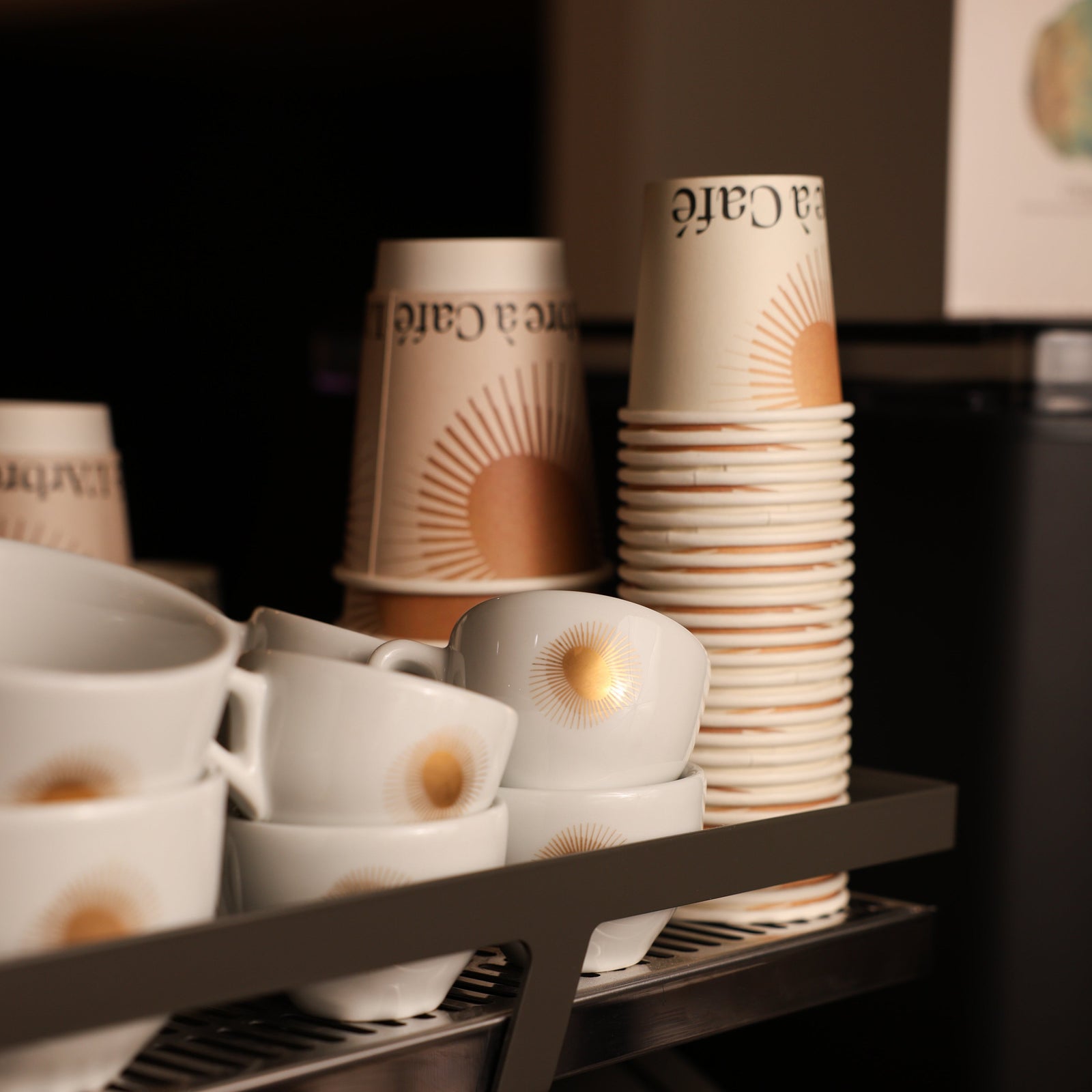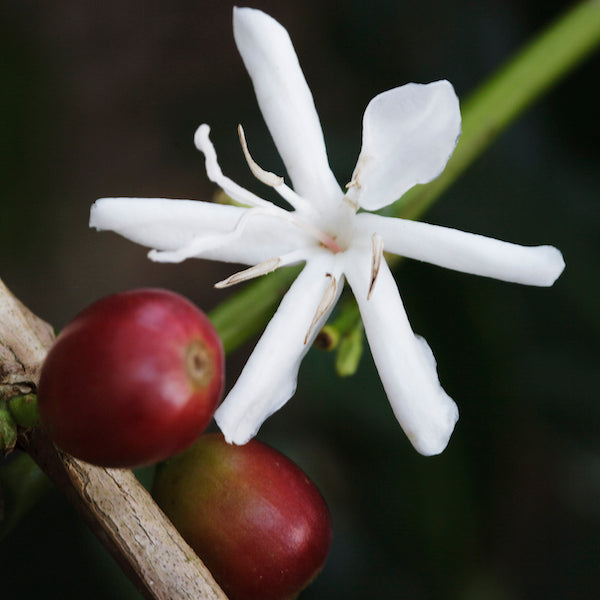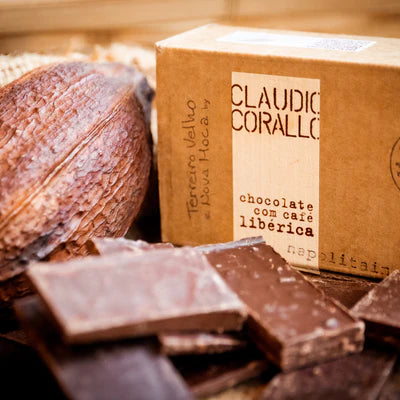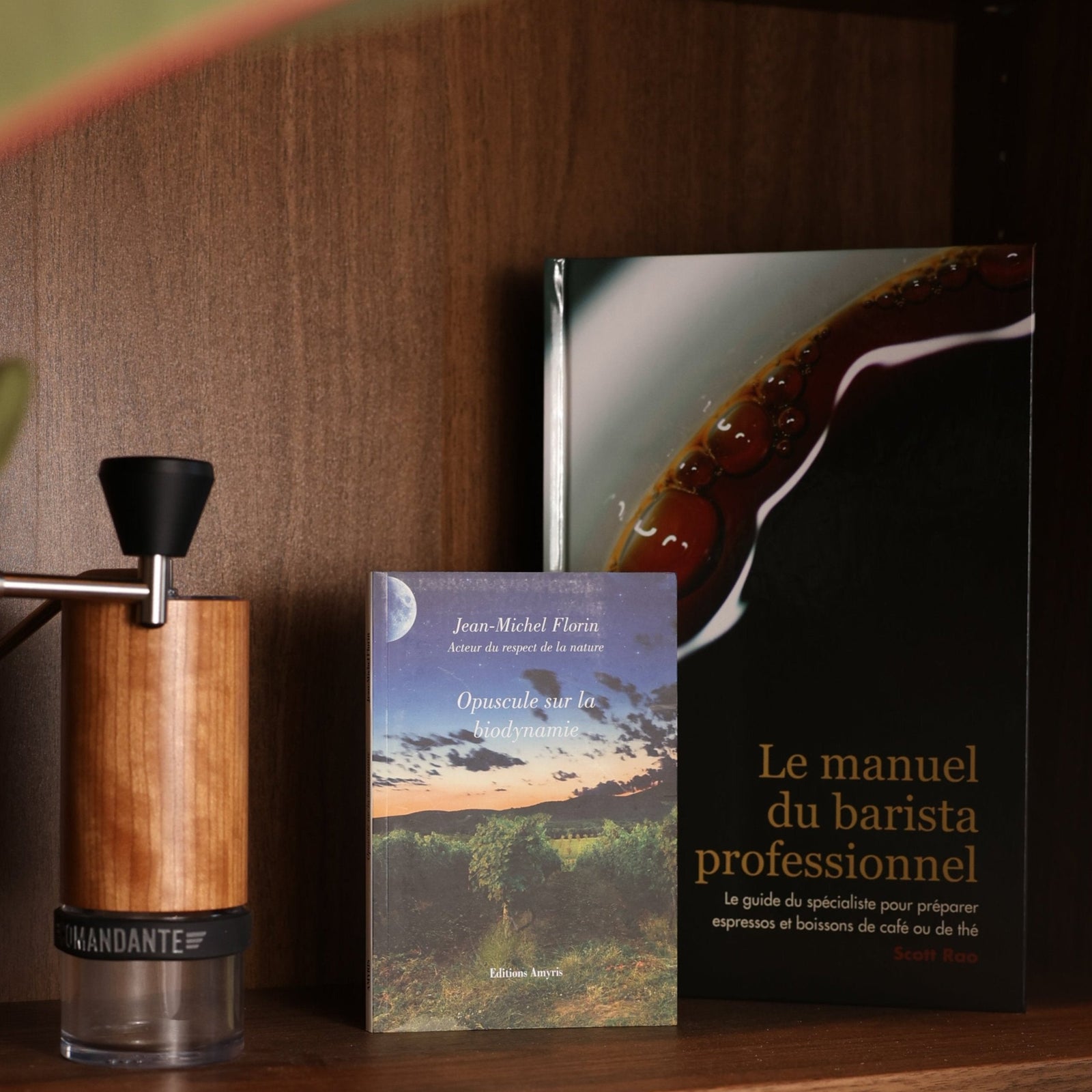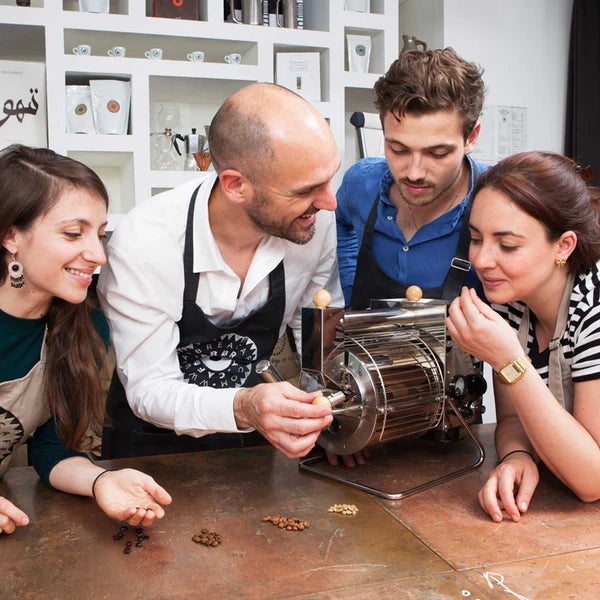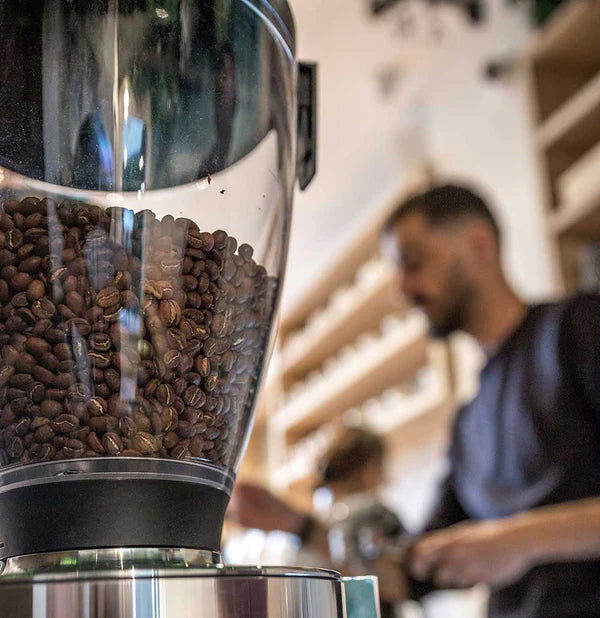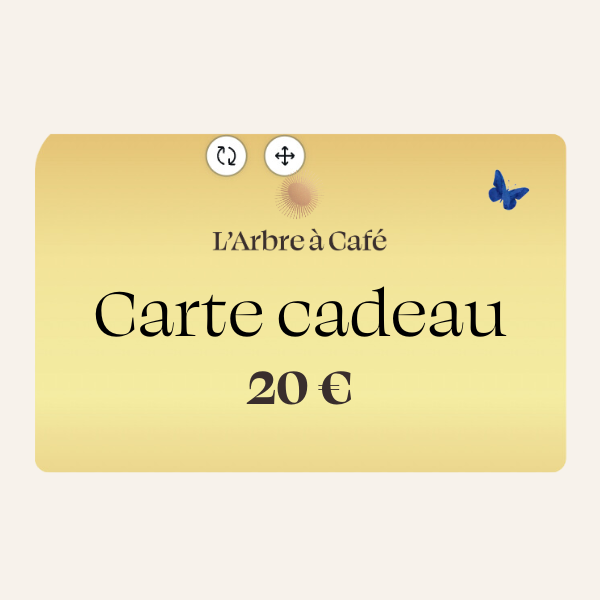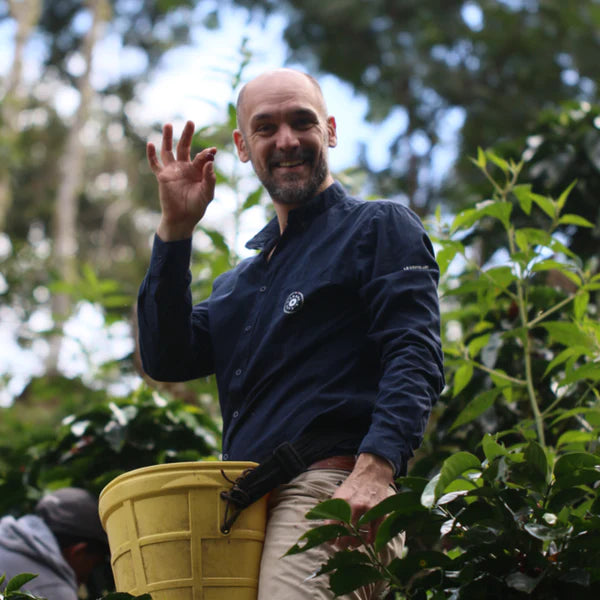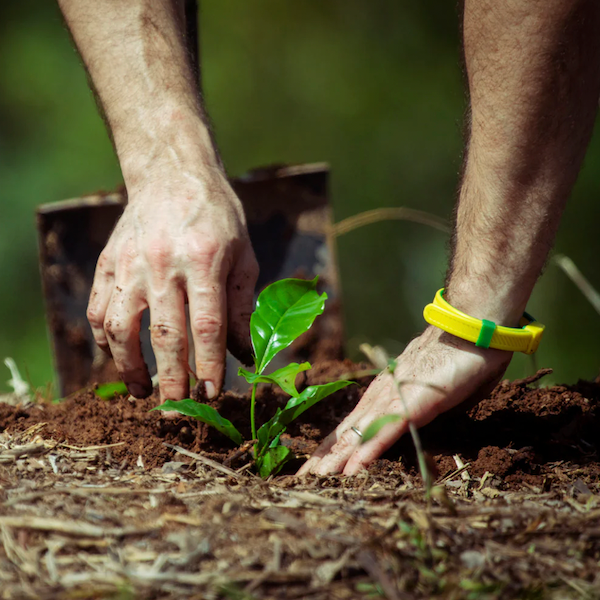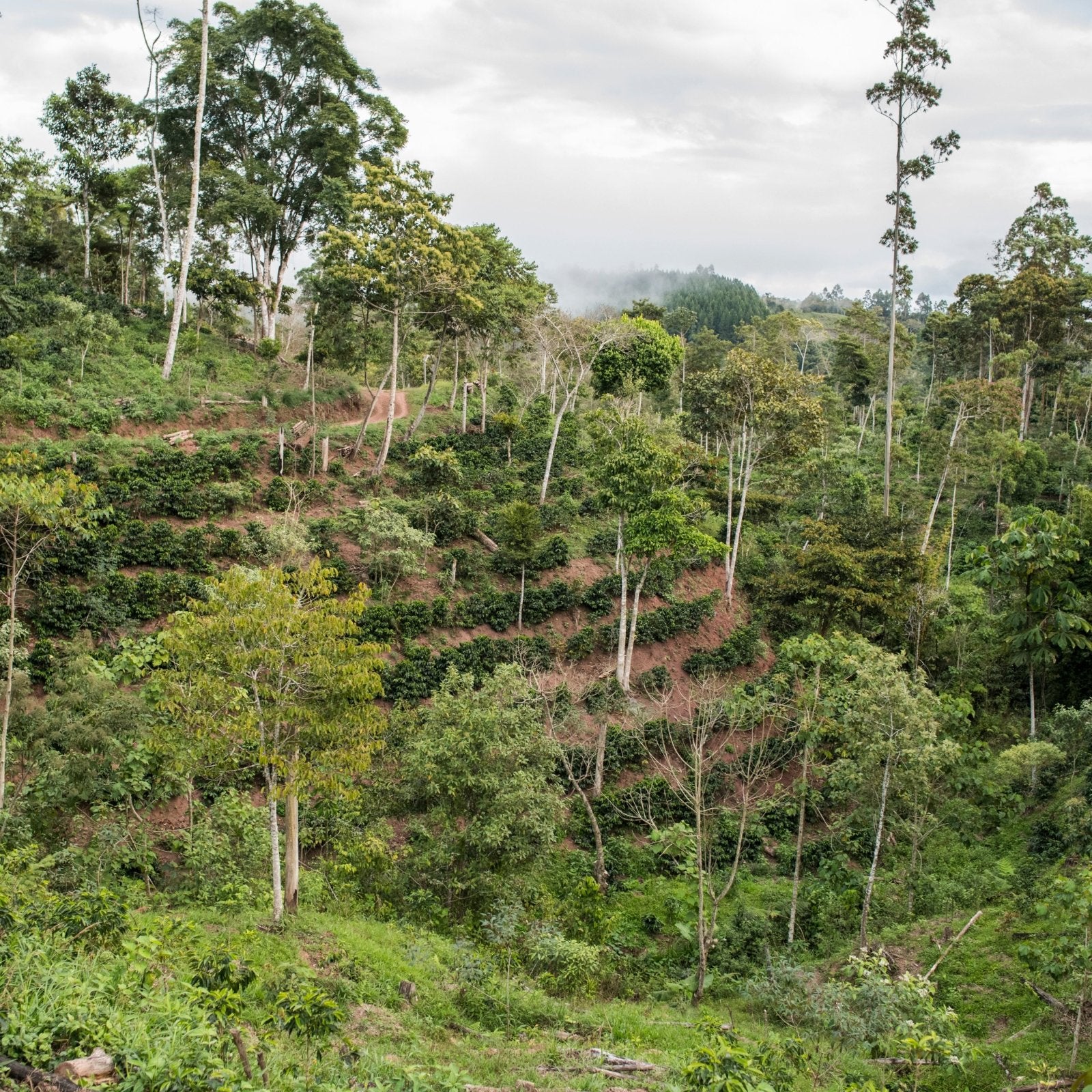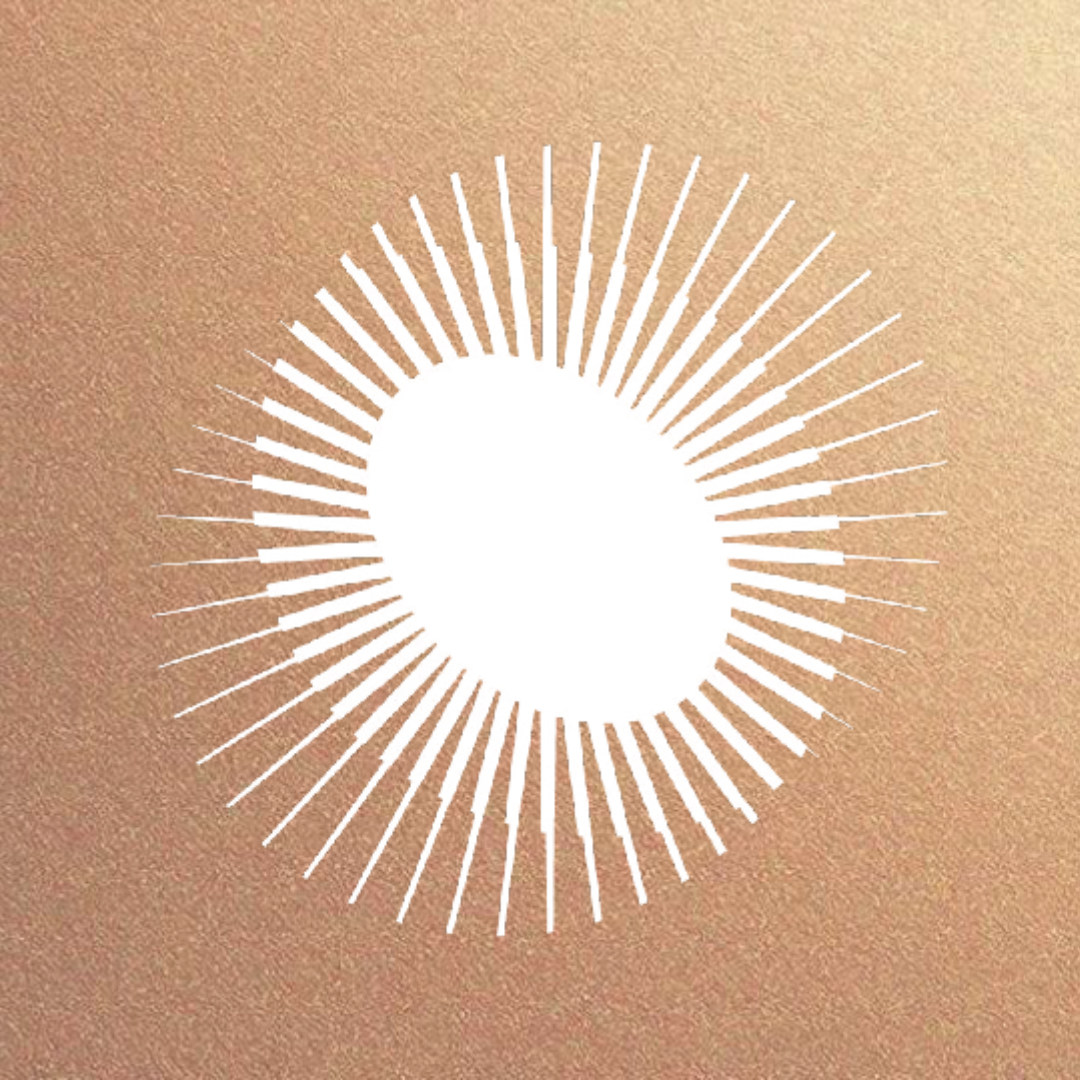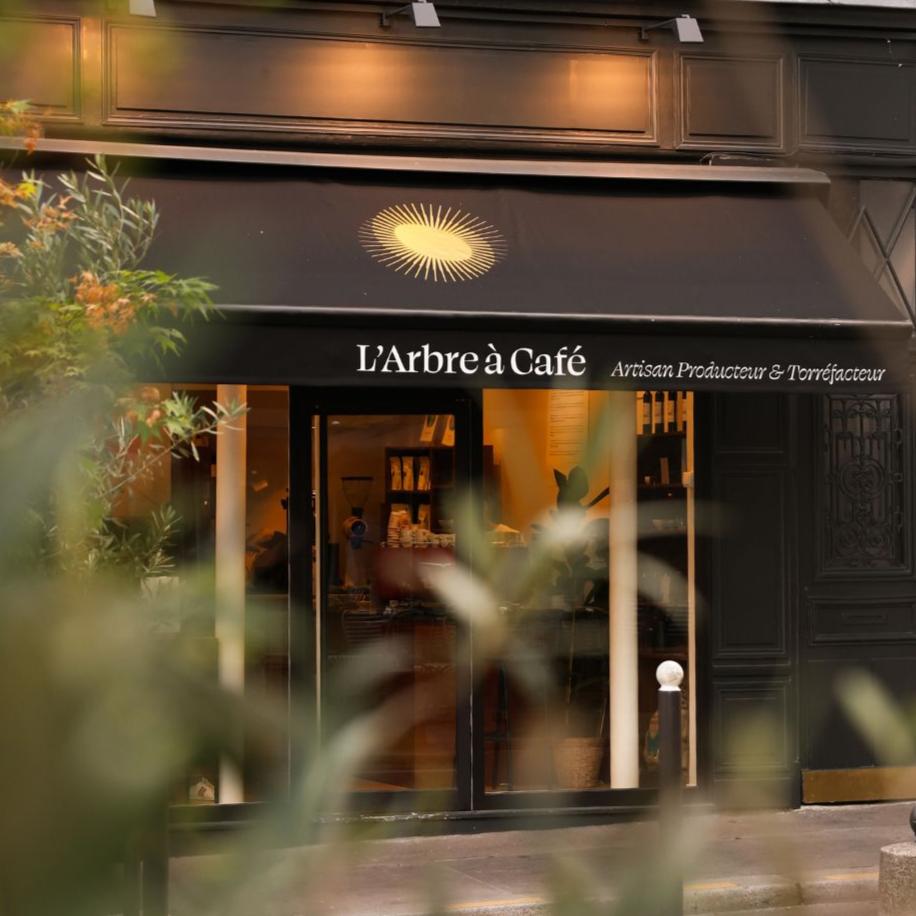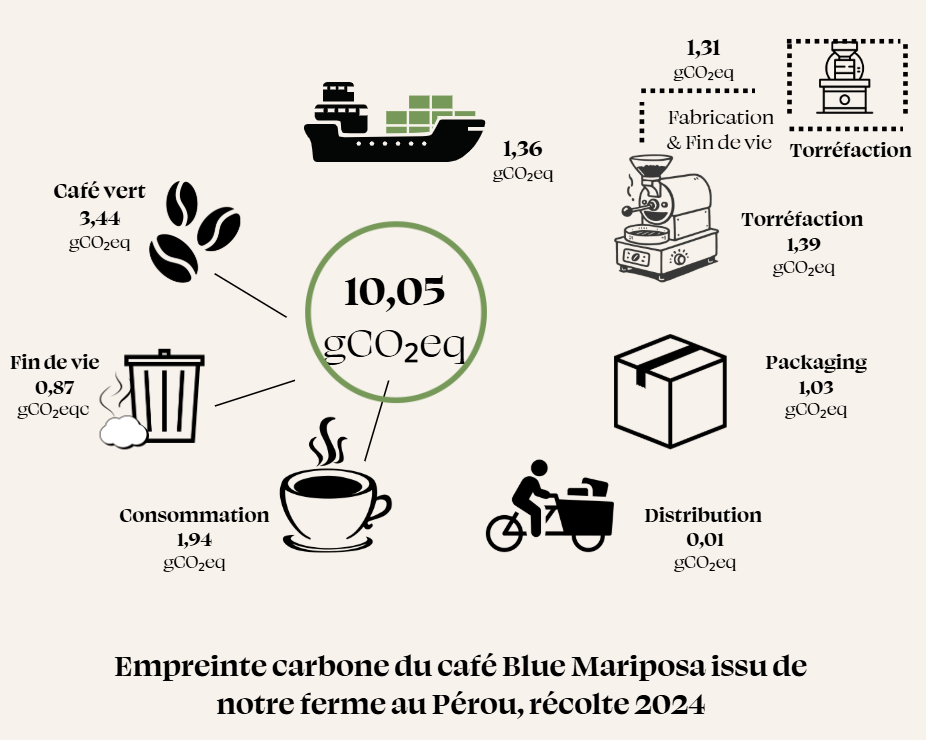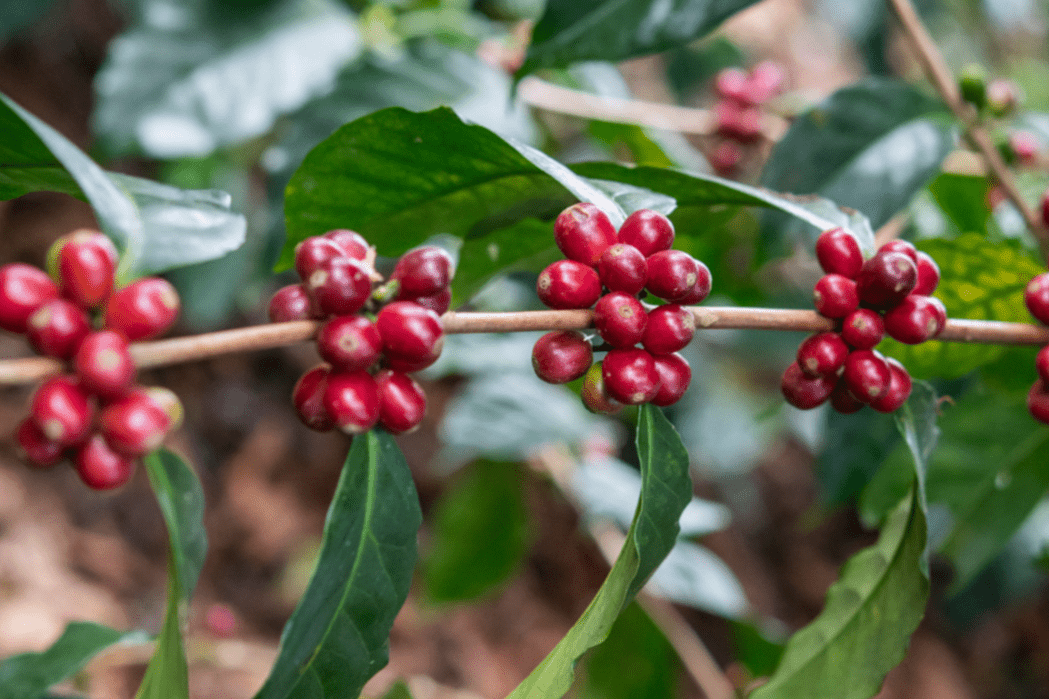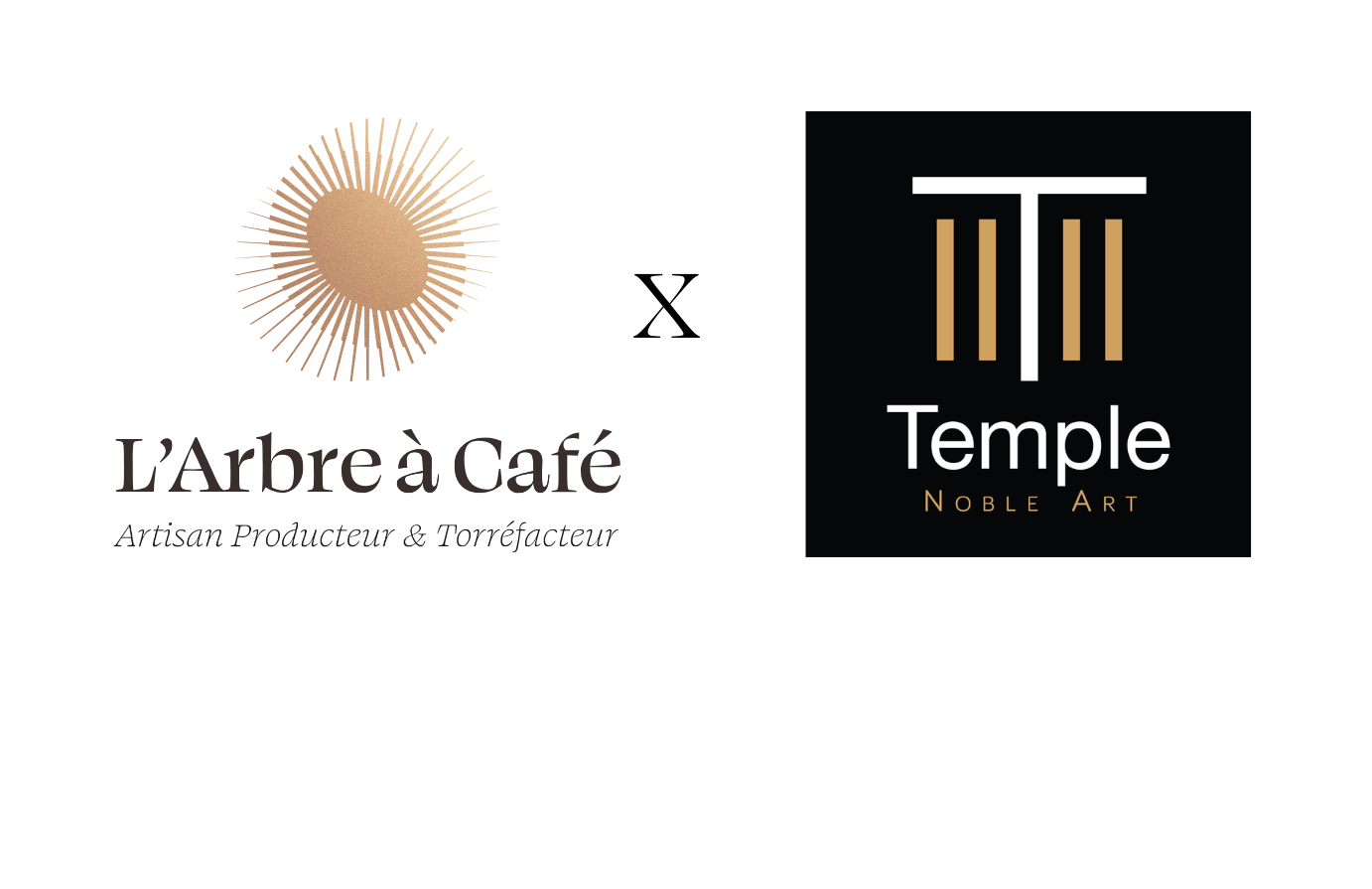White, brown or stainless steel filter? You have probably already asked yourself which filter to buy! What are the differences between these filters? Do they really impact your preparation, do they really change the face of your coffee?
This article should help you to see more clearly which filter is best for you. What is the difference between these three filters? As you may have guessed, what differentiates the stainless steel filters from the brown and white filters is the material and therefore the color. Two are made of paper, the third is made of metal, one is pristine white, the other is brown and the third is gray, sometimes mirror polished. The interest of stainless steel is that it is a metal alloy composed of chromium, so it is insensitive to corrosion, and therefore recommended for any food use, and in addition sometimes shines. It is therefore infinitely usable and washable in the dishwasher.
The brown and white filters are both made of paper, but if the first ones are not bleached, the second ones are bleached with chlorine or oxygen. They are both single-purpose, and sometimes made of recycled paper.
Finally, the mesh size varies considerably from brand to brand and material to material. For example, one of the challenges of stainless steel filters is the fineness of the mesh, which is currently not as fine as that of paper filters. Generally speaking, paper filters bleached with chlorine or oxygen, and therefore white, are finer than unbleached filters, such as brown filters.
Which coffee filter to choose for its preparation?
There really is no universal answer to this question, it is all a matter of taste and preference. It all depends on your priorities.
Do you prefer body to finesse? Do you want a clear coffee or do you accept that it is cloudy? Do you prefer economic or environmental aspects? So let's analyze the possibilities.
When we extract a coffee, at home as well as at the office or in a restaurant, we try to get as much soluble matter out of the grind as possible to find it in the cup. This is done by pouring hot water over it. The filter retains the coffee and the water and the quality of the extraction depends on it. A large-mesh filter will therefore allow more coarse compounds and oils to pass through than a very fine-mesh filter. This is why metal filters give cloudy coffees while bleached filters give crystal clear coffees. And what we see, we also taste! In the same way, if the coffee slides on the stainless steel, it is on the other hand "drunk" partly by the paper, it is the blotter effect. Finally, the paper has a taste or even tastes, it is not neutral. The coffee that comes out of it will have a certain taste of paper, especially chlorinated if it is white, cottony, always. The same coffee will not have the same taste with two different filters.
What is the most suitable form?
Finally, a key point is the shape of the filter. You may have noticed that there are pointed filters, rounded filters and flat-bottomed filters. This is because the flow of water and coffee changes depending on the shape. A flat bottom will hold the water longer, but a pointed bottom creates a deeper layer of coffee, in which case the water takes longer to pass through the entire grind.
So what is the solution. For us, no surprise, the solution is to choose the filters that are adapted to your method and therefore to buy the filters of the brand of your coffee maker. If you have a Chemex, then choose Chemex filters, if you have a Hario, then choose Hario filters, if you have a Melitta, then choose Melitta filters, etc. This way you can be sure that the shape and material are adapted to your utensil! And so your coffee will be perfectly extracted with ease!
Coffee filters and respect for the environment
However, like many coffee lovers, we opt for reusable and therefore metallic filters. Many brands exist today, and it's a shame not to take advantage of the simplicity they offer. Easy to wash, easy to store (on the filter holder of your machine), neutral in taste, infinitely washable.
Several brands exist such as Able, IMS in particular. Note that we do not recommend permanent plastic filters because as always
plastic is the material with the largest ecological footprint, and is also the one that retains the most odors and tastes (bad). Quickly, it will give a taste to your coffee.
The price of coffee filters
Finally,the price is a last criterion of choice. Paper filters are rather inexpensive, and the quantity is generous. The price difference between white and brown paper filters is negligible. For the stainless steel ones, their price is inevitably higher at the time of purchase, but they prove to be very economical on the long
term.
Anyway, no matter which filter you choose, the steps remain the same: always rinse your material with hot water before pouring in the coffee. Rinse it thoroughly in order to preheat it, to remove the dust from the filter, and even more so if it is made of paper, to remove some of its taste.
Now that you know how to choose your coffee filter, be sure to check out our handy guide on how to make good coffee.



